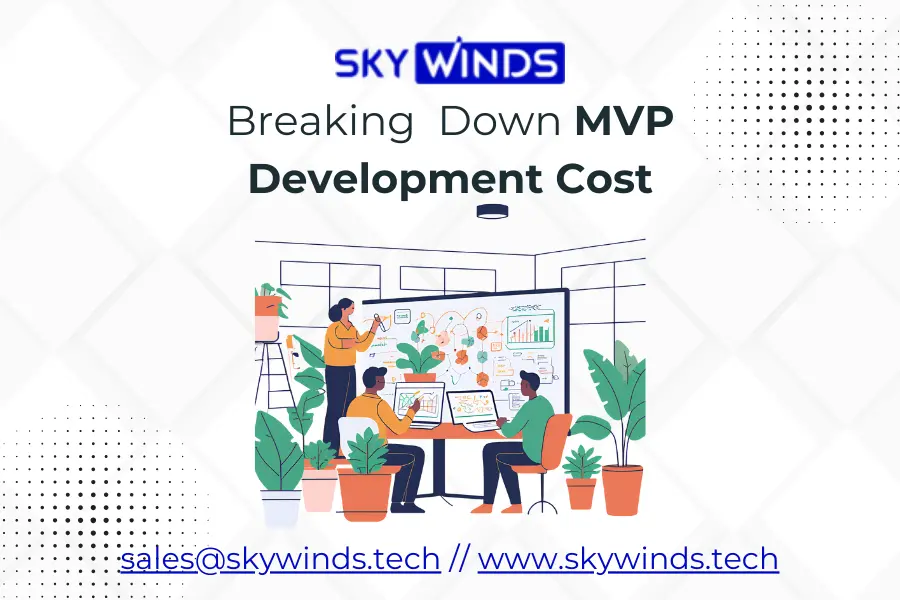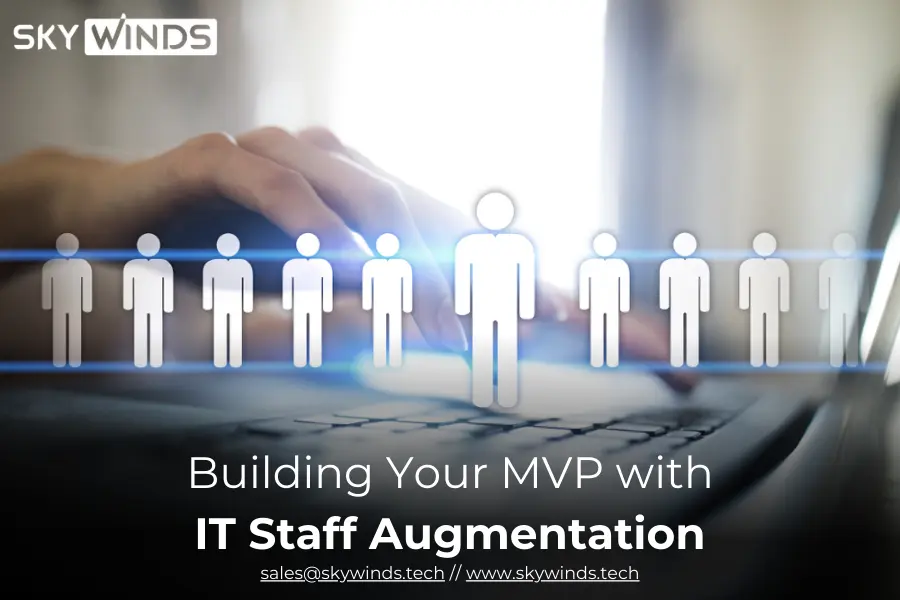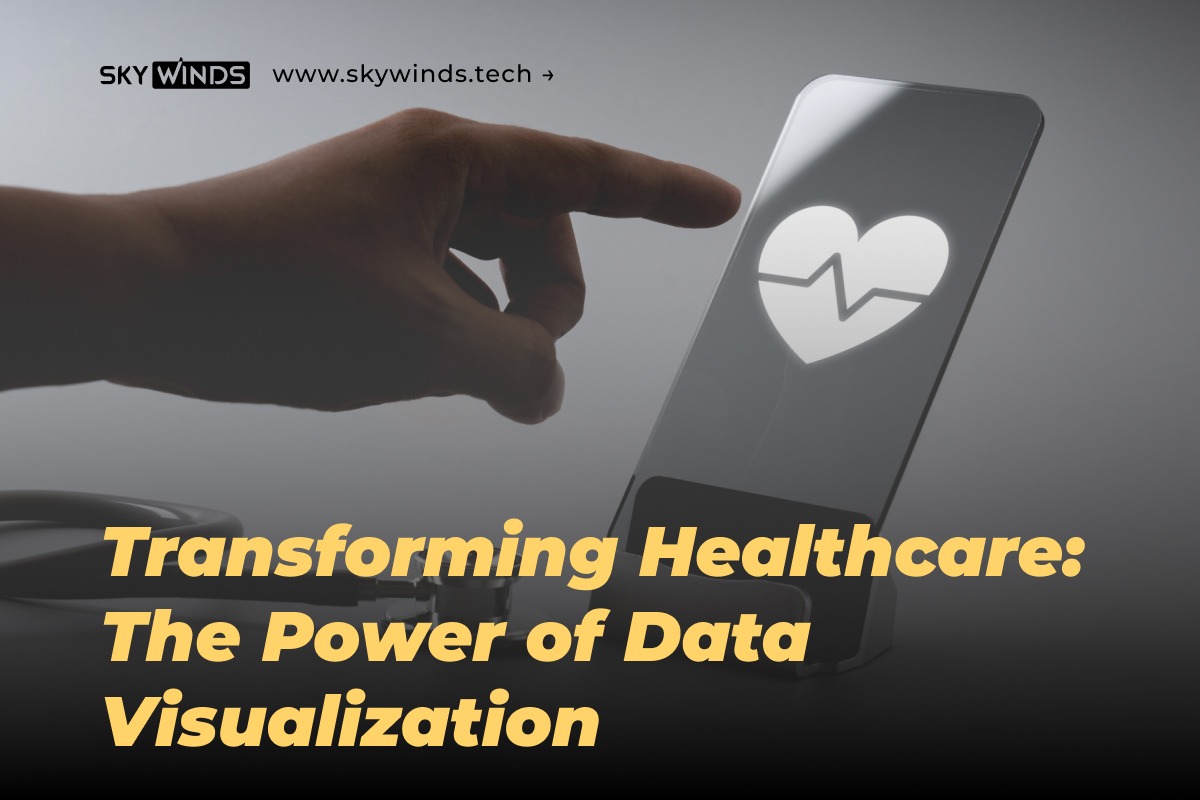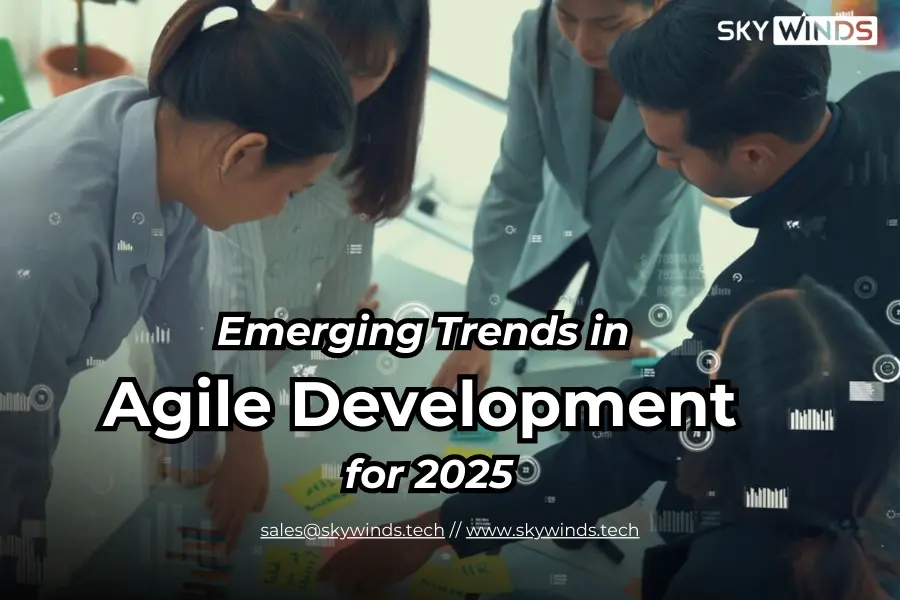A Minimum Viable Product (MVP) is a strategic first move for startups and companies, testing ideas within the market. Whether or not a person is redefining retail or looking to enter a new market, an understanding of MVP development cost in retail and other industries helps a firm plan more effectively.
In this blog, we’ll explore the relevant technologies for MVP, factors influencing costs, and how to balance quality and affordability. We’ll also analyze the feasibility of MVP development for the retail market with insights from real-world applications like Doordash and Instacart.
Table of Contents
What is an MVP?
An MVP is a lean version of your product with core functionalities designed to solve specific customer problems. Its primary goal is to gather maximum user feedback with minimum resources. For instance, whether you aim to develop an app like Doordash or Instacart, MVPs provide the foundation to create scalable solutions while mitigating risks.
Key Factors Influencing MVP Development Costs
The cost of MVP for retail or any other industry depends on various elements, such as:
1. Features and Functionalities
The complexity of your MVP significantly impacts development costs. For example, an app like Instacart requiring real-time order tracking, payment gateways, and inventory management will naturally cost more than a simpler solution with fewer features.
2. Choice of Technologies for MVP
Leveraging the right technologies is vital for cost efficiency and scalability. Frameworks like React Native or Flutter allow for cross-platform development, while backend options like Node.js or Ruby on Rails enable faster iterations.
3. Team Composition
Hiring skilled developers, designers, and product managers is essential. Outsourcing to agencies specializing in product consulting for retail software can often reduce expenses while ensuring quality.
4. Development Timeline
Condensed timelines can increase costs due to the need for larger teams. However, adopting an agile approach often saves money in the long term through iterative improvements.
5. Geographic Location
Development costs vary by region. For example, MVPs developed in Eastern Europe or Asia-Pacific may offer a cost advantage compared to North America or Western Europe while maintaining high quality.
Why Retail Needs MVP Development
The retail sector is fast-paced and competitive, requiring businesses to adapt quickly to consumer trends. MVPs enable retailers to validate ideas without overcommitting resources.
Benefits of MVP Development for the Retail Market:
- Cost Efficiency: MVPs allow businesses to test their core value proposition before scaling, ensuring resources are spent wisely.
- Customer-Centric Approach: Feedback from initial users helps refine the product to meet consumer needs effectively.
- Faster Time-to-Market: Launching with essential features allows retailers to capitalize on trends and outpace competitors.
- Targeted Solutions: MVPs can address specific challenges like supply chain inefficiencies, inventory mismanagement, or inconsistent delivery times.
Developing an App Like Doordash or Instacart
The stories of success of Doordash and Instacart, both firms, epitomize the power of MVPs within the competitive US market. The key was to begin by fixing specific pain points in a system: Doordash would simplify food delivery logistics for local restaurants and bridge a gap between the consumers and the grocery stores using real-time inventory synchronization with quick delivery times. Both utilized powerful technologies that form the backbone of any MVP, including React Native and AWS for scalability and reduced costs.
By focusing on such crucial core features as real-time tracking of orders, payment processing capabilities, and a user-friendly interface, they were able to easily capture market share and establish loyal audiences. Their stories represent paths through which MVP development for retail can lead innovation and elasticity in the dynamic US environment of retailing, enhancing business success amidst ever-changing shopper expectations.
Breaking Down the Cost: An Approximation
Here’s a rough breakdown of the cost components for an MVP Development:
- Design Costs: Wireframing and UX design constitute 10–15% of the budget.
- Development Costs: Frontend and backend development take the lion’s share, optimized by modern technologies like React or Node.js.
- Quality Assurance: Testing should consume about 20% of your budget to ensure a seamless user experience.
- Product Consulting: Partnering with experts ensures alignment with market trends and adds 10–15% to the budget.
- Post-Launch Support: Allocate a small percentage for ongoing updates and user feedback integration.
Latest Insights and Statistics
- Big Market Growth: The Market for MVP development is expected to move over $35 billion worldwide through 2024, with the US making up more than 40% of growth. This increase is driven by the growing SaaS industry and fast digital changes in the retail market.
- Cost Efficiency at Scale: Companies using MVPs say they save up to 70% on product development costs when compared to full launches. This makes it a popular choice for both startups and large businesses.
- Faster Time-to-Market: Companies that use MVP strategies can launch their products up to 60% faster than those using old development methods. This helps them take advantage of trends and gain a first-mover edge.
- Consumer-Centric Success: More than 85% of MVP-driven startups in retail and SaaS fields in the US saw clear improvements in customer engagement within the first three months after launching. This shows how important early feedback and changes are.
- Technology Adoption: The most sought-after technologies for MVPs in mobile are still React Native and Flutter, increasing adoption by 20% yearly. AWS is a market leader in cloud services for MVPs, scalable and inexpensive solutions designed for fast-moving markets like the US.
- More Money in Retail Technology: End-2024 spending on retail-focused MVPs will total more than $8 billion, and tools such as AI-based inventory management and real-time data analysis will become very important.
These statistics show that businesses in many fields, especially retail in the US, are using MVP development more to stay competitive. Using the right technologies for MVP and concentrating on MVP development for the retail market helps businesses grow faster, save money, and build better connections with customers.
Tips for Reducing MVP Development Costs
- Focus on Core Features: Avoid feature creep; start lean.
- Leverage Open-Source Tools: Use APIs and pre-built solutions to minimize development time.
- Outsource Wisely: Engage firms specializing in product consulting for retail software.
- Iterate Based on Feedback: Adopt an agile methodology to refine your MVP post-launch.
Conclusion
Developing an MVP isn’t just about reducing costs—it’s a strategic approach to building user-focused, scalable solutions. For retailers, an MVP offers a pathway to navigate dynamic market conditions while optimizing resources. Whether you aim to develop an app like Doordash or Instacart, understanding the cost of MVP for retail and leveraging the right technologies for MVP ensures success.
By partnering with experts in product consulting for retail software, businesses can build robust, scalable solutions that resonate with their target audience while maintaining affordability.




